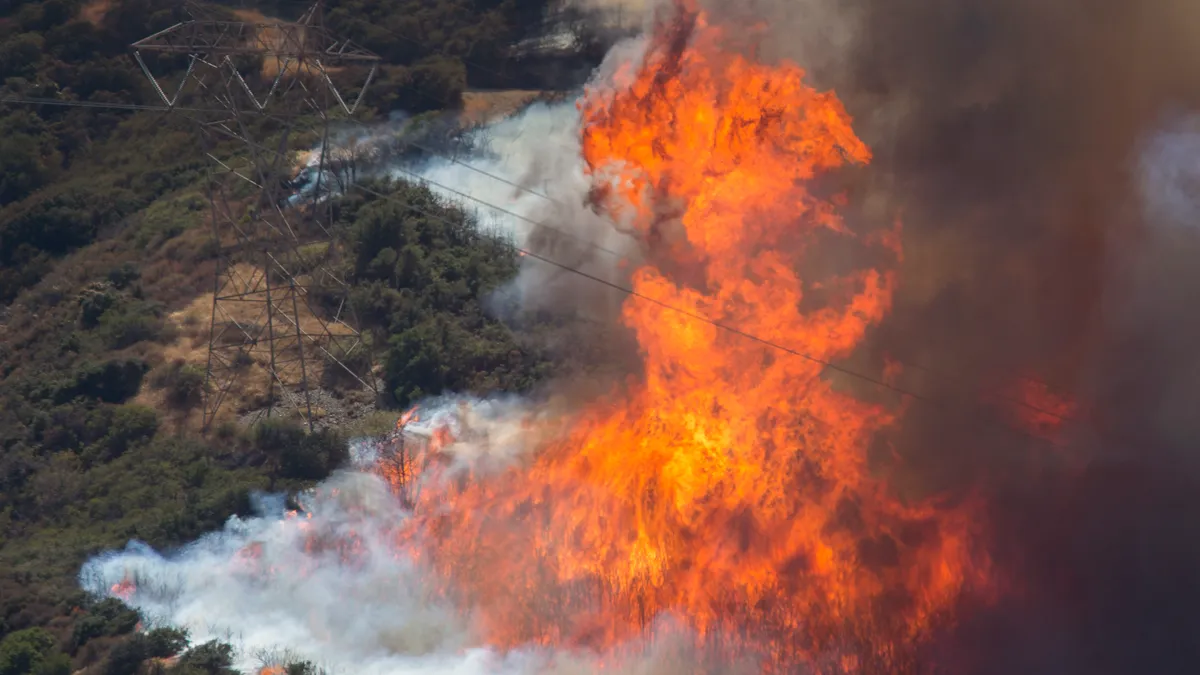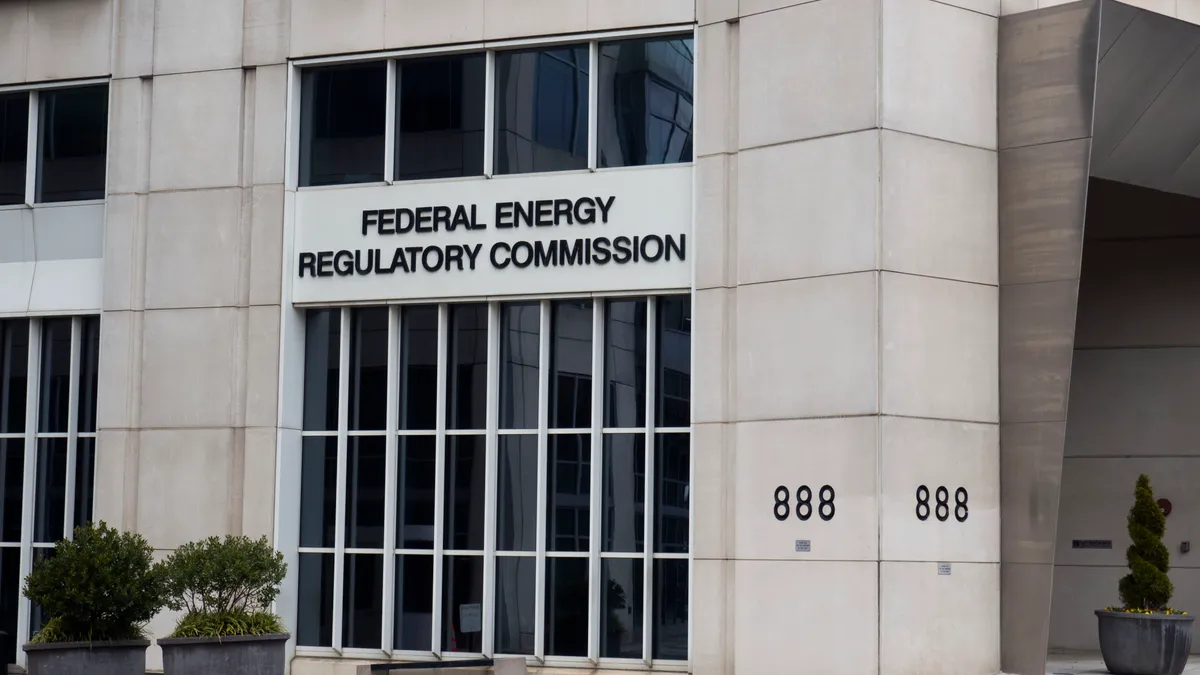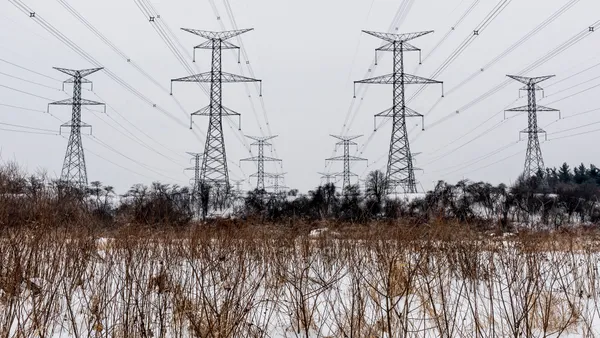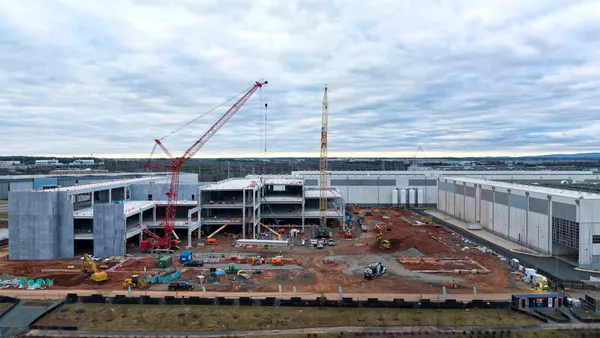Customer engagement has been a strategic priority for electric utilities over the past decade, and its importance has only grown as more distributed generation options and smart devices have hit the marketplace. In this environment of technology change, how informed are 2017 electric utility customers? What value do they perceive to get from their utilities and what more are they looking for?
In setting out to answer these questions in our 2017 Utility Customer survey, we uncovered some myth-busting customer insights that help to unlock meaningful customer engagement opportunities.
MYTH 1: Customers want to save money on their utility bill.
REALITY: On one level, this statement is always true since everyone could use some extra money. The real question is, do customers care enough about saving money on their utility bill? The answer is ‘no’ for more than 80% of customers, as they do not believe that they spend too much money on electricity in the first place.
To get to this insight, we asked consumers to tell us what they felt they spend too much money on in their everyday lives, by presenting a list of 10 common consumer spending items and asking them to pick their top 2. ‘TV/Cable’, ‘Eating Out’ and ‘Cell Phone’ topped the charts, ranking in at 1, 2 and 3 respectively. Electricity was in the middle, ranking 5th place. In fact, only 1 in 5 respondents chose electricity among their top 2 list items.
Not only does this finding call into question the mass-market effectiveness of traditional bill-saving messages, but it also opens up a bigger engagement opportunity: for a utility today, there is a significant bragging right associated with the fact that its operational excellence has kept power costs affordable in the face of other consumer services – such as cable and cell phone – making the top 3 list of things that consumers spend too much money on.
MYTH 2: Consumers don’t think about their utility much because they see electricity as a commodity.
REALITY: this is indeed a common customer perception, but the mindset-shifting insight is the extent to which customers are unaware of the value they actually place on electricity.
How did we quantify this value? In our daily routines, we often “need” things, i.e. they become intense objects of desire under the right circumstances. To see how consumers value electricity in that moment of need, we asked in very concrete terms: what is it worth to you to be able to charge your cell phone at an airport electric outlet?
41% of respondents were willing to pay a hefty price premium for it, with an average willingness to pay of $14.63, which is a whopping >24,000 times the actual cost of charging an iPhone for 20 minutes.
It is often said that people only value what they pay for. In this case, customers underappreciate electricity because they grossly underpay for the value that they get. Said another way, there is a tremendous opportunity for utilities to open their customers’ eyes to the fact that electricity is the ultimate object of desire that is worth 24,000 times its cost.
Conclusion: Take a Small Step Back to Propel Forward
In summary, moving utility customer relationships forward requires taking a step back to meet your customers where they are today, i.e. show them how valuable and desirable electricity is, and help them appreciate its affordability as a loyalty-inducing benefit. By doing so, an engaged 2017 electric utility customer will naturally emerge.
About the 2017 Market Essense Report: The 2017 Utility Customer
There are many industry research reports that cover Utility Customer Satisfaction as a theme. While these provide annually trackable metrics, they leave open the question of how the baseline that they measure against may be shifting over time and impacting what is meaningful to track. To resolve this, and to accurately assess how consumers think about energy and utilities today, the Market Essense research methodology adopts a customer-centric frame of reference. We take timely energy topics and ask 500+ consumers nationwide about them, by placing the questions within the context of the consumers’ daily routines. This allows us to get a real-life snapshot of how consumers incorporate energy and their utility provider into their current thinking. In a rapidly evolving sector like energy, having timely and contextual information is key to being able to develop meaningful messages and campaigns.










